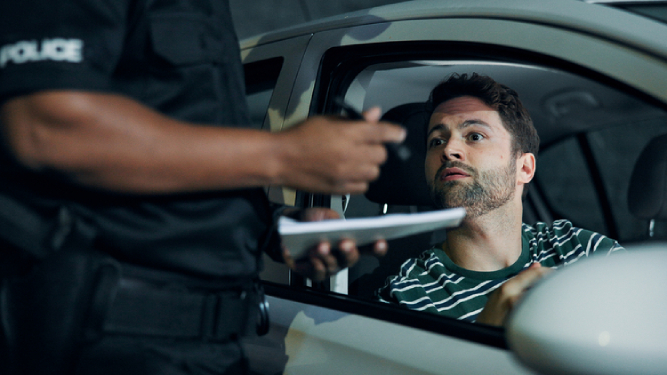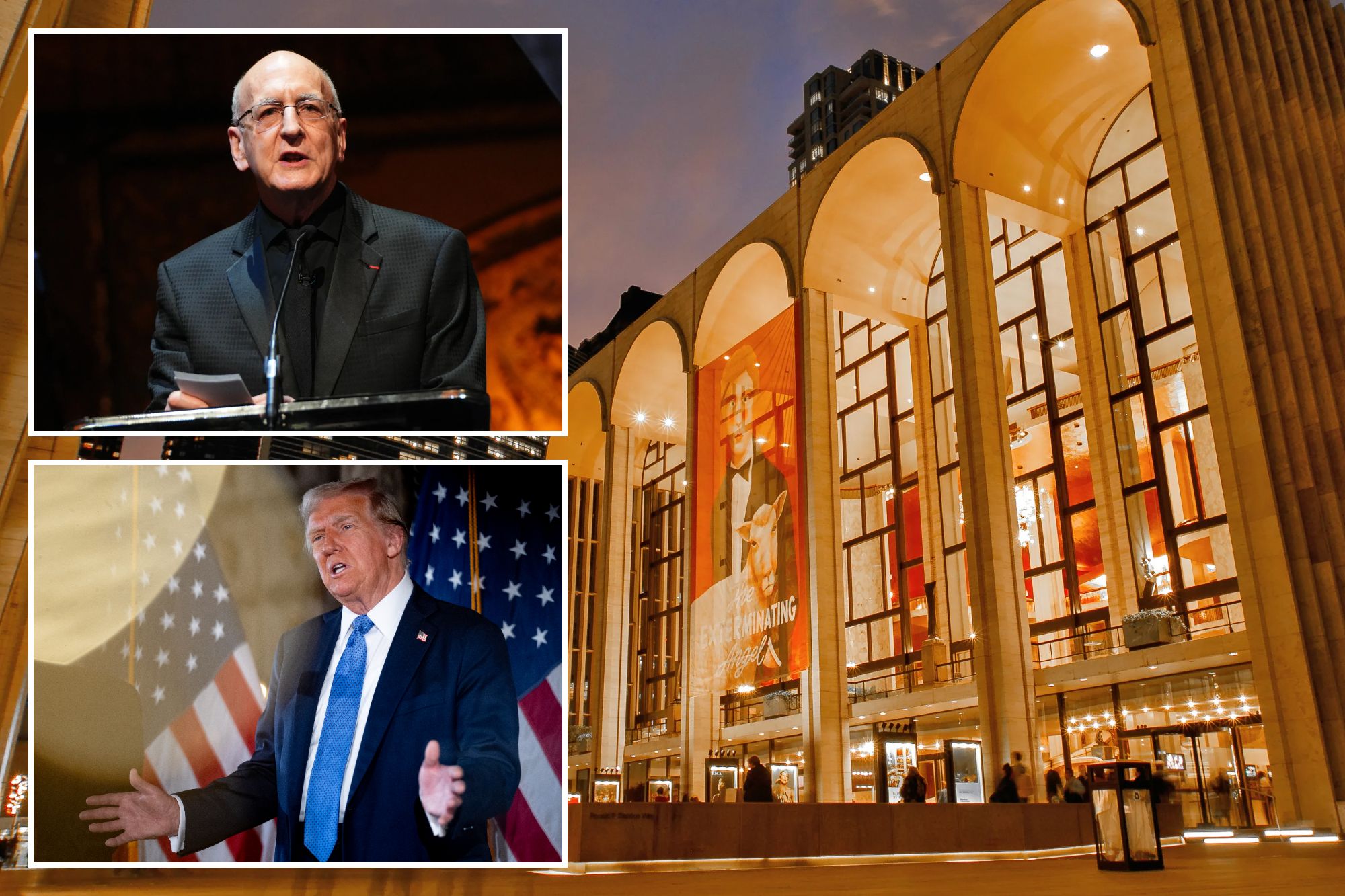Facing the unwelcome arrival of a speeding fine often triggers a predictable internal monologue: a desperate scramble for any conceivable escape route, a self-assured belief in a hidden legal loophole that will make the whole unpleasantness vanish. Yet, for all the imaginative scenarios concocted in the mind, the reality remains starkly unimpressed by such elaborate fabrications designed to skirt accountability.
The allure of a clever evasion tactic, a secret clause in the traffic law that applies specifically to your unique situation, is a powerful fantasy. It taps into a universal desire to avoid inconvenience and financial penalty. However, this article, while entirely fictitious in its suggested solutions, serves as a humorous dissection of those very human, yet utterly futile, attempts to conjure non-existent defenses against a straightforward violation. These are the excuses born of hopeful desperation, guaranteed to be met with a polite, yet firm, legal wall.
Consider, for instance, the classic defence: “I was merely keeping pace with the flow of traffic, officer.” This seemingly reasonable assertion, a hallmark of many a driver’s internal monologue post-infraction, fails to account for the inconvenient truth that if the flow of traffic is exceeding the posted limit, it does not magically transform illegality into legality. It’s an excuse that aims to diffuse individual responsibility into collective transgression, a strategy that the intricacies of traffic law are remarkably unswayed by.
Then there’s the highly original, rarely-before-heard gem: “My speedometer must be faulty; it always reads slower.” This particular brand of humor in self-deception implies a mechanical conspiracy against your driving record. While legitimate vehicle malfunctions can occur, the onus is invariably on the driver to ensure their vehicle is roadworthy and compliant. A suddenly self-adjusting speedometer, especially one that conveniently misreports only when a camera flashes, rarely stands up to scrutiny, solidifying its place among the most common, yet ineffective, legal loopholes imagined.
Another favourite involves the subjective interpretation of road conditions: “The road was so smooth and empty, it practically encouraged me to speed.” While certainly a poetic defence, the inherent design and purpose of roadways are governed by objective speed limits, not by their aesthetic appeal or perceived emptiness. This romantic view of asphalt, while perhaps boosting one’s own driving confidence, holds absolutely no sway in a court of law, making it another prime example of an entirely self-serving and ultimately useless excuse when facing a speeding fine.
Ultimately, the lighthearted exploration of these fantastical avoidance strategies serves a clear, albeit subtly delivered, message. While the human mind is adept at creative problem-solving, and certainly at devising elaborate excuses, the straightforward reality of traffic law and its associated penalties remains stubbornly unyielding. The quest for an elusive legal loophole in the face of a legitimate speeding fine is a path paved with imaginative reasoning but leading directly to the payment window.
In conclusion, while the momentary thought of outsmarting the system with a brilliant, self-invented defence might offer fleeting comfort, the pragmatic truth dictates that adherence to established traffic law is the most reliable strategy. These charmingly inventive, yet wholly ineffective, strategies highlight a universal human trait – the desire for an easy out – but ultimately underscore the fundamental principle of accountability on our roads, a principle that remains utterly immune to even the most creatively constructed excuses.
Discover more from The Time News
Subscribe to get the latest posts sent to your email.



